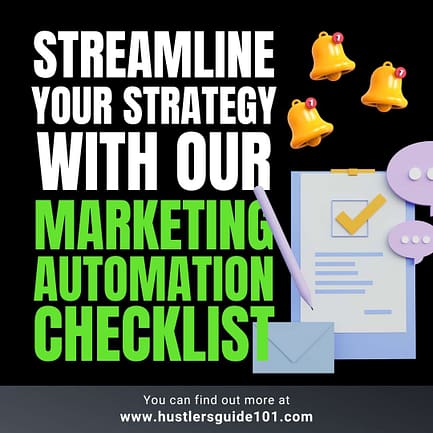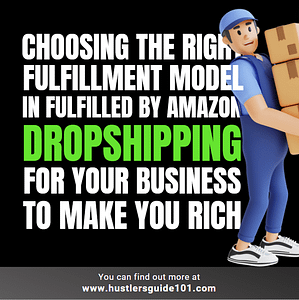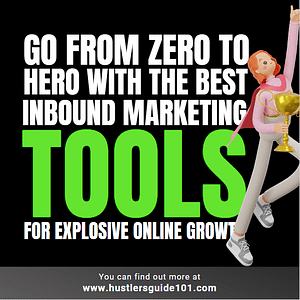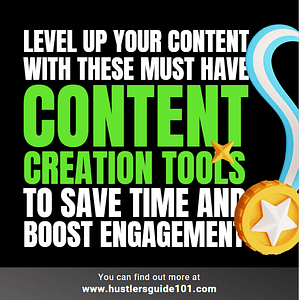
Do you find it challenging to keep up with the demands of your business while also trying to attract new customers and nurture existing ones? Well, you’re not alone! Many businesses struggle with managing their marketing efforts, which is where our marketing automation checklist comes in.
In this blog post, I will walk you through 10 effective strategies for implementing marketing automation, from defining your goals and identifying your target audience to setting up your automated workflows and analyzing your results.
To fully help you out, I will also be sharing some best practices for optimizing your automation processes and maximizing your ROI.
Marketing Automation Checklist Implementation
Marketing automation is a powerful tool that can help you streamline your marketing processes and improve your overall efficiency.
By automating repetitive tasks such as email marketing, lead scoring, and social media management, you can focus on other areas of your business while still delivering personalized and timely communications to your customers.
Let’s take a deep step-by-step look at your next marketing automation checklist.
Step 1: Define Your Goals
Defining your goals is the first step in implementing marketing automation. Ask yourself what you want to achieve with your marketing automation efforts. Do you want to generate more leads? Improve your conversion rates? Enhance customer engagement?
Whatever your goals are, make sure they’re specific, measurable, and realistic. This will help you create a marketing automation strategy that’s tailored to your business needs.
Step 2: Identify Your Target Audience
Your marketing automation efforts will only be effective if you know who you’re trying to reach. Identify your target audience based on demographics, interests, and behavior to deliver personalized and relevant messaging. This will help you improve engagement, increase conversions, and drive revenue.
Step 3: Map out Your Customer Journey
Mapping out your customer journey is essential in identifying the touchpoints where automation can be most effective. This will help you create workflows that provide a seamless experience for your customers, from initial contact to the final sale.
By understanding your customer’s journey, you can create targeted and personalized campaigns that lead to more conversions.
Step 4: Choose the Right Marketing Automation Platform
There are a variety of marketing automation platforms available, and it’s important to choose one that best fits your business needs and budget. Consider the features you need, such as lead scoring, email marketing, and CRM integration, to help you make an informed decision.
Step 5: Set Up Your Automated Workflows
With your goals, target audience, and customer journey in mind, set up your automated workflows. These workflows should be designed to guide leads through the sales funnel and should include triggers, actions, and goals. Test and refine your workflows to ensure they’re delivering the desired results.
Step 6: Integrate Your Marketing Automation with Other Tools
Integrating your marketing automation with other tools, such as your CRM, can help streamline your processes and improve efficiency. This will also help you get a complete view of your leads and customers and provide a seamless experience.
Step 7: Create and Optimize Your Content
Your content is a critical component of your marketing automation strategy. Create content that’s relevant, informative, and engaging, and optimize it for search engines and social media. This will help attract leads and increase engagement.
Step 8: Set Up Lead Scoring and Nurturing
Not all leads are created equal, and it’s important to prioritize your leads based on their likelihood to convert. Set up lead scoring and nurturing workflows to help move leads through the sales funnel. This will help you focus your efforts on those leads that are most likely to convert.
Step 9: Analyze and Optimize Your Results
Analyze your marketing automation efforts and results to consider what is working for your business and what is not. Use data to optimize your workflows and improve your results. This will help you make data-driven decisions and refine your strategy for better results.
Step 10: Monitor and Maintain Your Marketing Automation Processes
Marketing automation is not a “set it and forget it” solution. Continuously monitor and maintain your workflows to ensure they’re delivering the best results possible. Keep testing and refining your workflows and content to ensure you’re delivering the best possible experience for your customers.
Best Practices for Marketing Automation
By following these best practices, you can ensure that your marketing automation efforts are delivering the best results possible.
Remember, marketing automation is all about making your life easier and your marketing efforts more efficient. So don’t be afraid to experiment and try new things, and most importantly, have fun with it!
Test and Refine Your Automated Workflows
Don’t just set up your automated workflows and forget about them. Continuously test and refine them to ensure they’re delivering the desired results. This will help you identify any bottlenecks or issues and make necessary adjustments.
Segment Your Audience for Personalized Messaging
One size does not fit all! Segment your audience based on their behavior, preferences, and interests to deliver personalized and relevant messaging. This will help you increase engagement for your business and convert more leads into conversions.
Use Triggered Emails for Timely Communications
Triggered emails are sent based on a specific action, such as a sign-up or a purchase. They’re a great way to communicate with your customers at the right time and with relevant information, increasing the chances of conversion.
Prioritize Lead Nurturing for Quality Leads
Every lead has unique characteristics, and not all leads have the same probability of converting. It’s important to prioritize the leads that are most likely to convert and invest more time and resources in their nurturing. Delivering personalized and timely communication to these high-priority leads will help guide them through the sales funnel and increase their likelihood of converting.
Continuously Measure Your Results
It’s important to measure and analyze the results of your marketing automation efforts to see what’s working and what’s not. Use data to identify areas for improvement and adjust your strategy accordingly.
Hot FAQs regarding Marketing Automation Checklist
How do you automate a marketing strategy?
You can automate a marketing strategy by using software that helps you execute, manage, and measure your marketing efforts across different channels. This includes email marketing, social media, content marketing, and more.
With marketing automation, you can set up automated workflows, schedule and send emails, create and distribute content, and track your results in one place.
What are the benefits of automation?
The benefits of marketing automation are many. It saves time, increases efficiency, and helps you deliver personalized and targeted content to your audience. It also helps you nurture leads, convert them into customers, and increase revenue. Marketing automation also helps you track your results, measure your ROI, and make data-driven decisions to optimize your campaigns.
What is marketing automation bizleads summit?
The Marketing Automation BizLeads Summit is an event that focuses on best practices and strategies for using marketing automation to generate leads, nurture them, and convert them into customers. The summit features expert speakers, workshops, and networking opportunities for marketers and business owners who are interested in learning more about marketing automation.
Want to know about this summit in detail? I have got you covered with a detailed blog on it. Read it here.
What are the basic types of automation?
The basic types of automation include email marketing, social media marketing, content marketing, and lead nurturing. These types of automation help you execute, manage, and measure your marketing efforts across different channels.
Is SEO part of marketing automation?
SEO is not typically considered part of marketing automation. However, some marketing automation platforms may offer SEO tools and integrations that can help you optimize your content for search engines.
Before you go
Phew, we covered a lot of ground with our marketing automation checklist! By now, you should have a solid understanding of how to implement marketing automation to improve your efficiency and streamline your marketing efforts. But remember, automation is not a “set it and forget it” solution.
Continuously test and refine your workflows, segment your audience, and use triggered emails and lead nurturing for personalized communications. And always measure your results to ensure you’re getting the most out of your automation efforts.







